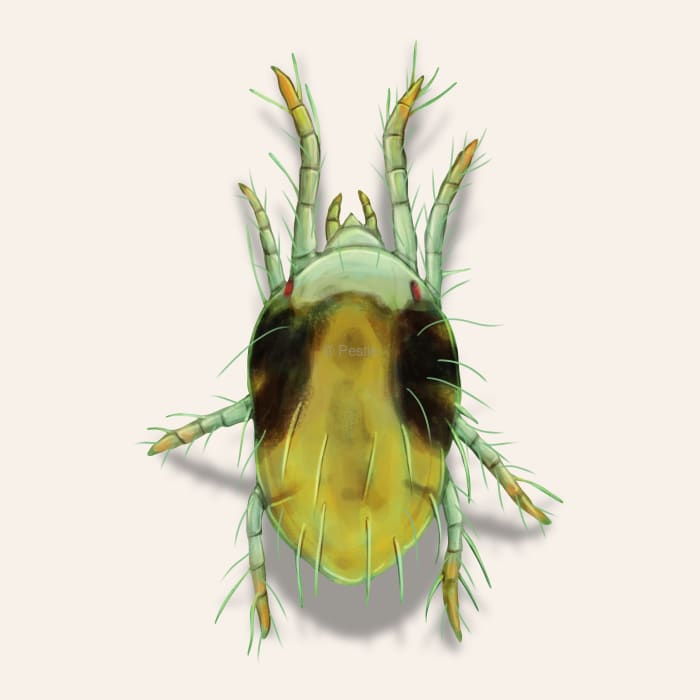How to identify and get rid of spider mites

Tiny but “mitey”: your plant’s worst nightmare or your not-so-friendly, neighborhood spider mites
Imagine a creature that stays away from sunlight, is nearly invisible and loves to sink its teeth into its host and suck them dry. Sound like a vampire, right?
If plants have an equivalent of Dracula, then spider mites might just fit the bill.
These tiny plant suckers love to hitch a ride inside your home as you bring in your potted plants for the winter. While just a few spider mites won’t cause any significant problems to your pant, they can quickly explode in numbers and cause serious damage to your plants.
While garlic and crosses won’t keep spider mites away, here are some easy steps you can take to treat spider mites on your indoor plants.
How to identify spider mites
Spider mites are incredibly tiny and you may not even notice they are on your plants before you see signs and symptoms of damage. To get a good look at spider mites, you’ll need a magnifying glass to check them out.
While there are thousands of species of mites and a handful could be a pest in your home, the most common spider mite pest is the two-spotted spider mite. If you look closely enough, you’ll see two black dots on the back of the mite. Their oval shape can vary between red, green, and brown. Mites are not insects, so they don’t have wings or antennae and they have 8 legs instead of 6.
How big are spider mites?
To the naked eye, spider mites just look like tiny dots that move around your plant. That’s because they are only 1/50th of an inch in size, about the same size as the period at the end of this sentence.
What are the signs of a spider mite infestation?
To check if you have a spider mite problem, look under the leaves of your plants. You might notice stippling of the leaves, black dots of feces, white cast skins, or even some webbing left behind.
If you think you have spider mites, take a white piece of paper or cloth and place it under the infested leaves. Gently shake the leaves and any mites will fall off onto the white sheet.
Where do spider mites live?
Spider mites prefer to live in warm, dry places and hang out on the underside of leaves, away from sunlight. They can be found on indoor and outdoor plants, vegetables and fruit, and even Christmas trees.
How to get rid of spider mites
Even though spider mites are hard to detect, they aren’t that difficult to control. If you find spider mites on your indoor or outdoor plants, you can wipe them off with soapy water and a soft cloth.
Other ways to treat them:
- Spray them off with a hose
- Use insecticidal soap
- Spray a solution like Pestie offers to keep them out of your home
- Bag up heavily infected plants and dispose of them
Treat spider mites with Pestie
If you're still having trouble keeping spider mites away, the best option is to use a pro-grade, effective pest control solution like Pestie.
Pestie is a do-it-yourself pest control solution that's specially designed to keep spider mites and other pests away from your home.
With Pestie, you can rest easy knowing that your living space is protected and free of creepy crawlies. And the best part? It's designed for people, pets, and the planet, so you can say goodbye to harsh chemicals and hello to peace of mind!
- Save hundreds compared to traditional annual pest plans
- People, pet, and planet-friendly
- Pro-grade customized formulas
Quick facts
- Scientific name
Family: Tetranychidae
- Colors
Red, green, brown
- Life span
1 month
- Diet
Plant juices
How dangerous are Spider Mites?
Low danger risk
Spider mites don’t bite or sting and don’t carry any diseases that can harm people or pets.
Spider mites are named for the fact that they can produce silk just like a spider.








